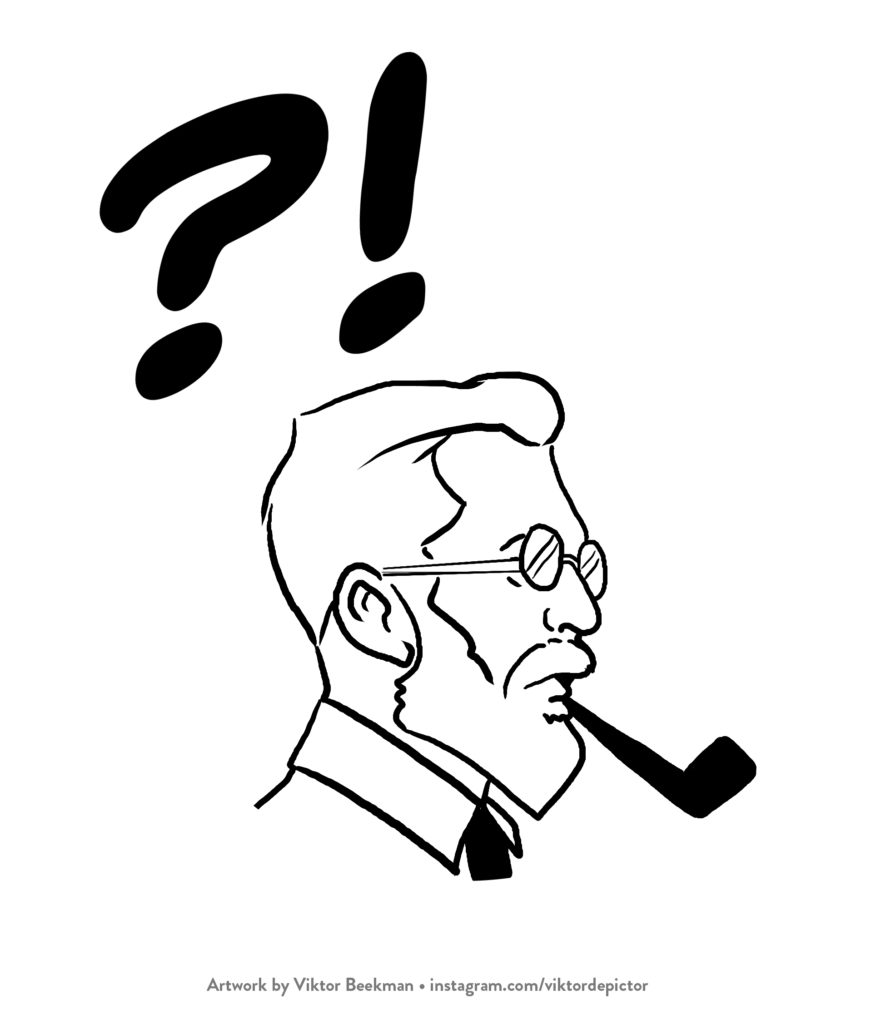The Lab’s First Compelling Replication of a Counterintuitive Result

The small plastic dome containing a die in the popular game “Mens Erger Je Niet!” (“Don’t Get So Annoyed!”) causes a bias — the die tends to land on the side opposite to how it started. This was not our initial hypothesis, however… The 106-year old game “Mens Erger Je Niet!” (a German invention) involves players tossing a die and…
read more
